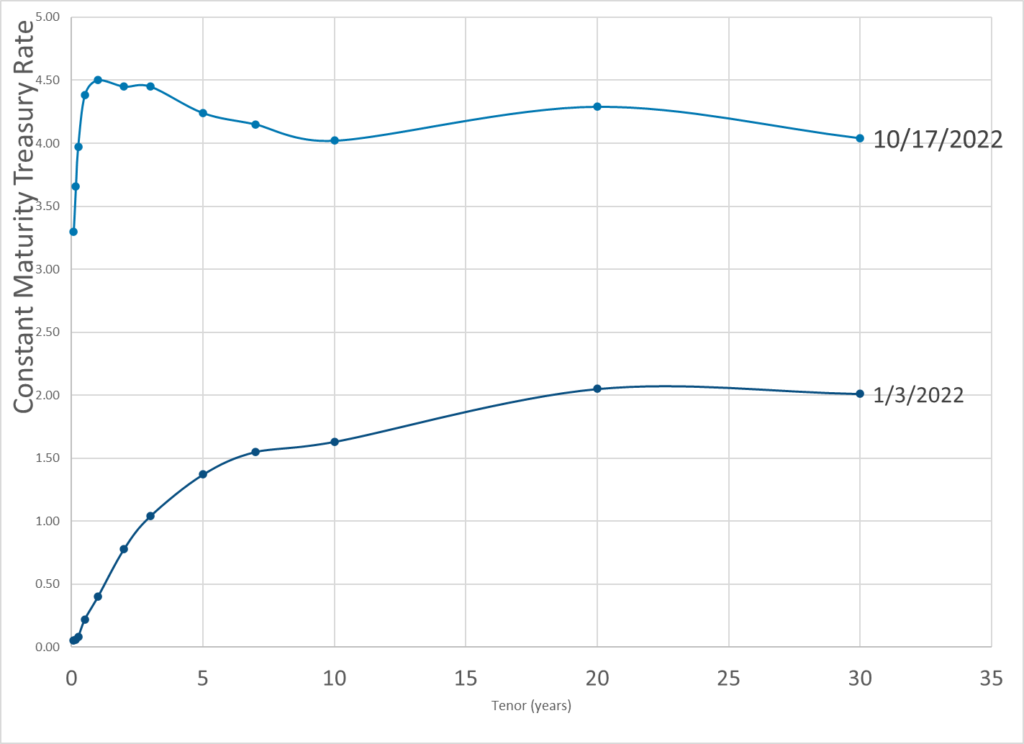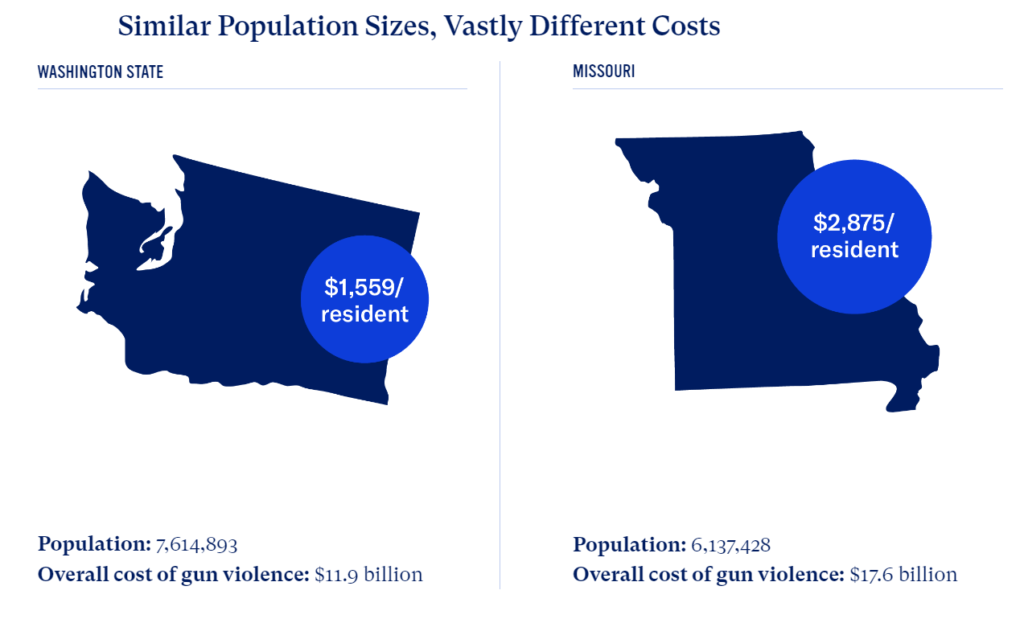Link: https://bjsm.bmj.com/content/56/17/975
Abstract:
Objectives Balance quickly diminishes after the mid-50s increasing the risk for falls and other adverse health outcomes. Our aim was to assess whether the ability to complete a 10- s one-legged stance (10-second OLS) is associated with all-cause mortality and whether it adds relevant prognostic information beyond ordinary demographic, anthropometric and clinical data.
Methods Anthropometric, clinical and vital status and 10-s OLS data were assessed in 1702 individuals (68% men) aged 51–75 years between 2008 and 2020. Log-rank and Cox modelling were used to compare survival curves and risk of death according to ability (YES) or inability (NO) to complete the 10-s OLS test.
Results Overall, 20.4% of the individuals were classified as NO. During a median follow-up of 7 years, 7.2% died, with 4.6% (YES) and 17.5% (NO) on the 10-s OLS. Survival curves were worse for NO 10-s OLS (log-rank test=85.6; p<0.001). In an adjusted model incorporating age, sex, body mass index and comorbidities, the HR of all-cause mortality was higher (1.84 (95% CI: 1.23 to 2.78) (p<0.001)) for NO individuals. Adding 10-s OLS to a model containing established risk factors was associated with significantly improved mortality risk prediction as measured by differences in −2 log likelihood and integrated discrimination improvement.
Conclusions Within the limitations of uncontrolled variables such as recent history of falls and physical activity, the ability to successfully complete the 10-s OLS is independently associated with all-cause mortality and adds relevant prognostic information beyond age, sex and several other anthropometric and clinical variables. There is potential benefit to including the 10-s OLS as part of routine physical examination in middle-aged and older adults.
Author(s): Araujo CG, de Souza e Silva CG, Laukkanen JA, et al
Publication Date:
Publication history
Accepted April 19, 2022
First published June 21, 2022.
Online issue publication
August 24, 2022
Publication Site: British Journal of Sports Medicine
Citation:
Araujo CG, de Souza e Silva CG, Laukkanen JA, et al
Successful 10-second one-legged stance performance predicts survival in middle-aged and older individuals
British Journal of Sports Medicine 2022;56:975-980.
doi: http://dx.doi.org/10.1136/bjsports-2021-105360




